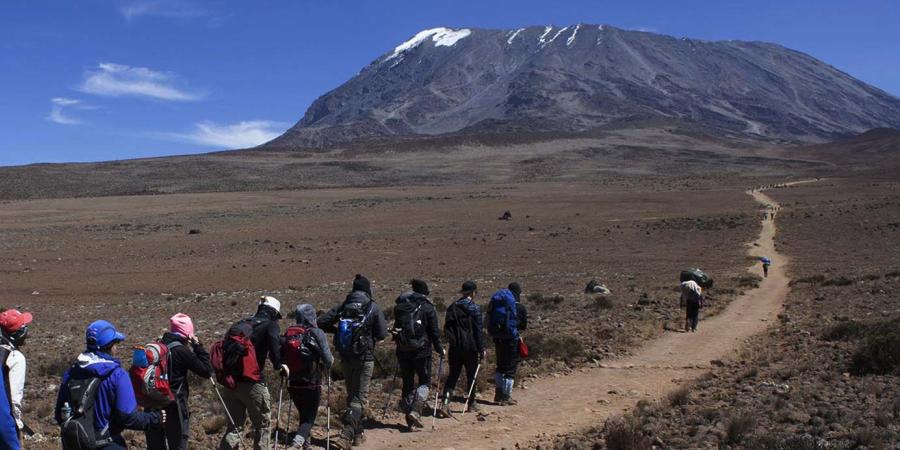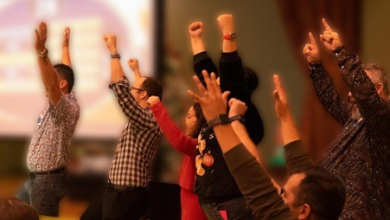Mount Kilimanjaro, standing at 5,895 meters (19,341 feet) above sea level, is a pinnacle of adventure for climbers from around the globe. This majestic stratovolcano, located in Tanzania, presents an array of climbing routes, each offering a unique experience and varying challenges. Choosing the right route is crucial for a successful ascent and can significantly impact your overall climbing experience. This guide explores the main Kilimanjaro climbing routes, detailing their characteristics, advantages, and considerations.
Overview of Kilimanjaro Climbing Routes
Mount Kilimanjaro features several climbing routes, each with distinct features. The choice of route can affect your climbing experience, including the level of difficulty, scenery, and the overall duration of the climb. The main routes are:
- Marangu Route
- Machame Route
- Lemosho Route
- Rongai Route
- Umbwe Route
Marangu Route: The “Coca-Cola” Route
Overview
The Marangu Route is one of the most popular and straightforward paths to the summit. Often referred to as the “Coca-Cola Route,” it is known for its relative ease and accessibility. It is the only route that offers hut accommodations throughout the climb.
Duration
- 5 to 6 days
Characteristics
- Accommodation: The Marangu Route is unique in offering hut-based accommodation instead of camping. This feature provides a higher level of comfort, with dormitory-style huts and shared facilities.
- Scenery: The route provides a gradual ascent through diverse landscapes, including lush rainforests, alpine meadows, and moorlands. It does not venture into the arctic zone until the final ascent to the summit.
- Difficulty: The Marangu Route is considered less physically demanding compared to other routes, but its shorter duration means less time for acclimatization, which can increase the risk of altitude sickness.
Pros
- Hut accommodation, which provides more comfort and shelter from the elements.
- Relatively straightforward ascent with a well-established path.
- Lower cost due to less need for camping gear.
Cons
- Shorter itinerary may result in a higher risk of altitude sickness.
- Higher traffic and more crowded during peak seasons.
- Less scenic variety compared to some other routes.
Machame Route: The “Whiskey” Route
Overview
The Machame Route, known as the “Whiskey Route,” is renowned for its scenic beauty and diverse landscapes. It is a more challenging option compared to Marangu but offers a richer experience with stunning views and varied terrain.
Duration
- 6 to 7 days
Characteristics
- Accommodation: The route involves camping at designated sites, which means carrying camping gear. The campsites are well-maintained, and climbers enjoy beautiful views from their camps.
- Scenery: Machame offers spectacular scenery, including rainforests, heathlands, and alpine deserts. The route provides panoramic vistas of the mountain and surrounding landscapes.
- Difficulty: The Machame Route is more demanding, with steeper and more rugged terrain. However, its longer duration allows for better acclimatization, enhancing the chances of a successful summit.
Pros
- Beautiful and varied landscapes.
- Better acclimatization due to longer duration.
- Less crowded compared to Marangu.
Cons
- More physically demanding and challenging.
- Requires camping, which may be less comfortable than hut-based routes.
- Can be more expensive due to camping gear and additional services.
Lemosho Route: The Scenic and Less Crowded Path
Overview
The Lemosho Route is known for its scenic beauty and relatively low traffic. It offers a comprehensive Kilimanjaro experience with a gradual ascent that maximizes acclimatization and provides stunning views throughout the climb.
Duration
- 7 to 8 days
Characteristics
- Accommodation: Climbers camp at designated sites, with well-maintained facilities and stunning surroundings.
- Scenery: The Lemosho Route features diverse landscapes, including the Shira Plateau, lush rainforests, and the alpine desert. The route provides exceptional panoramic views of the mountain and its surroundings.
- Difficulty: The route is considered moderate to challenging, with a longer duration that allows for better acclimatization. This reduces the risk of altitude sickness and increases the likelihood of reaching the summit.
Pros
- Beautiful and varied scenery with fewer crowds.
- Good acclimatization due to the longer itinerary.
- Comprehensive climbing experience with a gradual ascent.
Cons
- Longer duration may require more time off and higher costs.
- Camping required, which may be less comfortable than hut-based routes.
- Requires careful planning to manage logistics and gear.
Rongai Route: The Northern Approach
Overview
The Rongai Route approaches Kilimanjaro from the north, providing a unique perspective of the mountain and surrounding areas. It is less frequented than other routes and offers a more remote and tranquil experience.
Duration
- 6 to 7 days
Characteristics
- Accommodation: The route involves camping at designated sites, with basic facilities provided.
- Scenery: Rongai offers unique views of the Kenyan plains and the northern slopes of Kilimanjaro. The landscape includes dense forest, moorland, and alpine desert.
- Difficulty: The Rongai Route is considered moderately challenging. It provides a gradual ascent and allows for good acclimatization, making it suitable for climbers with moderate fitness levels.
Pros
- Less crowded with a unique northern approach.
- Offers a different perspective of Kilimanjaro and the surrounding areas.
- Good acclimatization due to gradual ascent.
Cons
- Camping required, which may be less comfortable.
- Fewer scenic highlights compared to some other routes.
- Longer trek to the summit, which may be more demanding.
Umbwe Route: The Steep and Challenging Path
Overview
The Umbwe Route is the most direct and challenging path to Kilimanjaro’s summit. It is known for its steep and demanding terrain, making it suitable for experienced climbers seeking a rigorous adventure.
Duration
- 6 to 7 days
Characteristics
- Accommodation: Climbers camp at designated sites, with basic facilities provided. The route is less developed, and campsites are more basic compared to other routes.
- Scenery: The Umbwe Route offers rugged and dramatic landscapes, with dense forest, rocky terrain, and alpine desert. The scenery is rugged and less varied compared to other routes.
- Difficulty: The route is considered the most challenging due to its steep ascent and demanding terrain. It requires excellent physical fitness and mental determination.
Pros
- Steep and challenging, providing a sense of isolation and adventure.
- Less crowded with a more rugged experience.
- Direct ascent to the summit.
Cons
- Physically demanding with a higher risk of altitude sickness.
- Basic camping facilities with fewer amenities.
- Requires a high level of fitness and experience.
Choosing the Right Kilimanjaro Climbing Route
Assess Your Fitness Level
Consider your physical fitness and climbing experience when choosing a route. More challenging routes like Umbwe require higher fitness levels, while routes like Marangu or Rongai may be more suitable for those with moderate fitness.
Determine Your Comfort Preferences
Reflect on your comfort preferences. If you prefer hut-based accommodation, the Marangu Route is ideal. For those seeking a more rugged experience with camping, routes like Machame, Lemosho, and Rongai offer excellent options.
Consider the Duration
Choose a route based on the time you have available and your acclimatization needs. Longer routes like Lemosho provide better acclimatization and a more gradual ascent, while shorter routes like Marangu may be more suitable for those with limited time.
Research the Scenery
Evaluate the scenic highlights of each route. For stunning views and varied landscapes, consider Machame or Lemosho. For a more remote and unique experience, Rongai offers a northern perspective.
Consult with Tour Operators
Consult reputable tour operators for advice on the best route based on your preferences and goals. They can provide detailed information, help with logistics, and ensure a safe and enjoyable climbing experience.
Preparing for Your Kilimanjaro Climb
Physical Training
Prepare for the climb with a fitness regimen that includes cardiovascular training, strength building, and hiking practice. Simulate climbing conditions by hiking with a backpack and increasing your endurance.
Gear and Equipment
Pack appropriate gear based on your chosen route. Ensure you have essential items such as layered clothing, sturdy hiking boots, sleeping gear, and trekking poles.
Health and Safety
Consult a travel health clinic for vaccinations and health advice. Follow safety guidelines during the climb and be prepared to address altitude sickness symptoms.
Documentation and Permits
Ensure you have all necessary documentation, including travel insurance, visas, and permits. Verify that your chosen route includes park fees and permits.
Conclusion
Mount Kilimanjaro climbing routes offers a variety, each with its own unique features and challenges. Choosing the right route is crucial for a successful and enjoyable climb. Whether you opt for the comfort of the Marangu Route, the scenic beauty of Machame or Lemosho, the unique perspective of Rongai, or the challenging ascent of Umbwe, Kilimanjaro promises an extraordinary adventure.
With proper preparation, the right route, and a spirit of adventure, you can conquer Africa’s highest peak and create lasting memories of an incredible journey.





